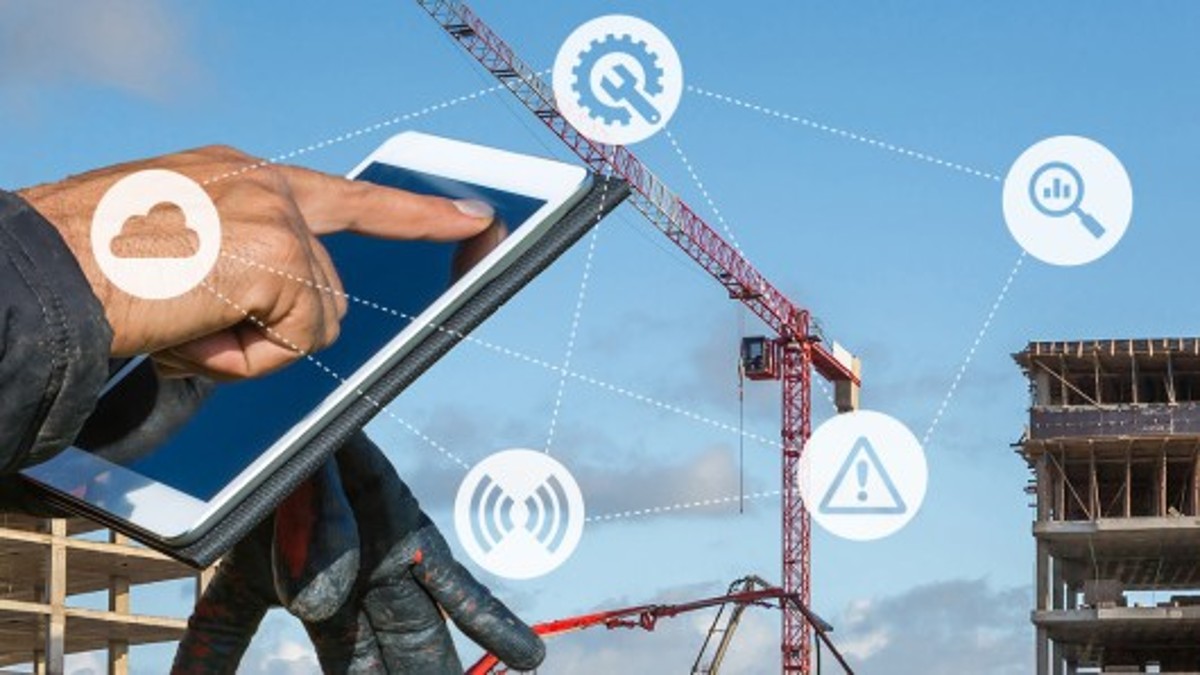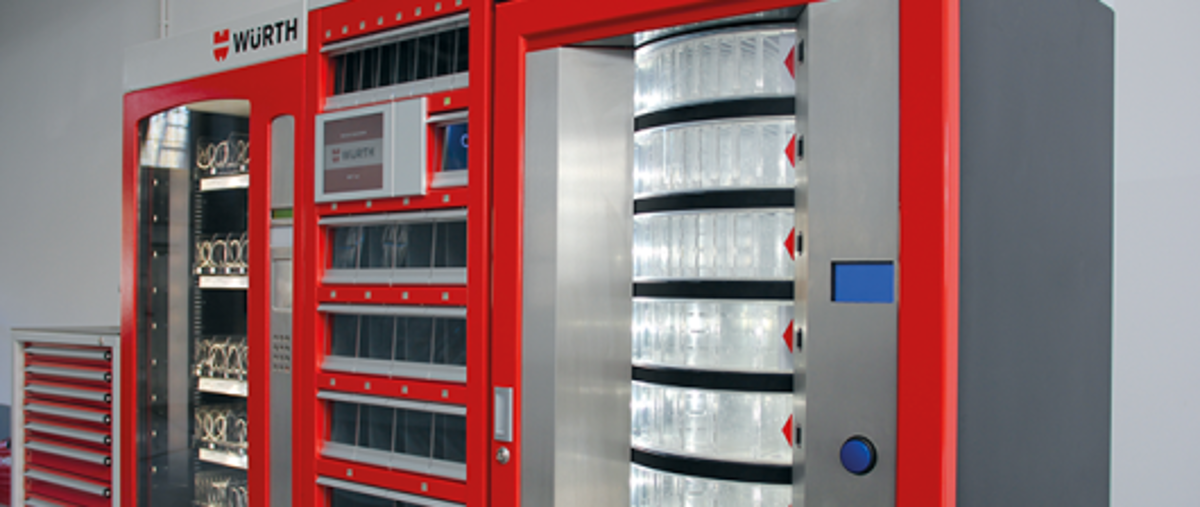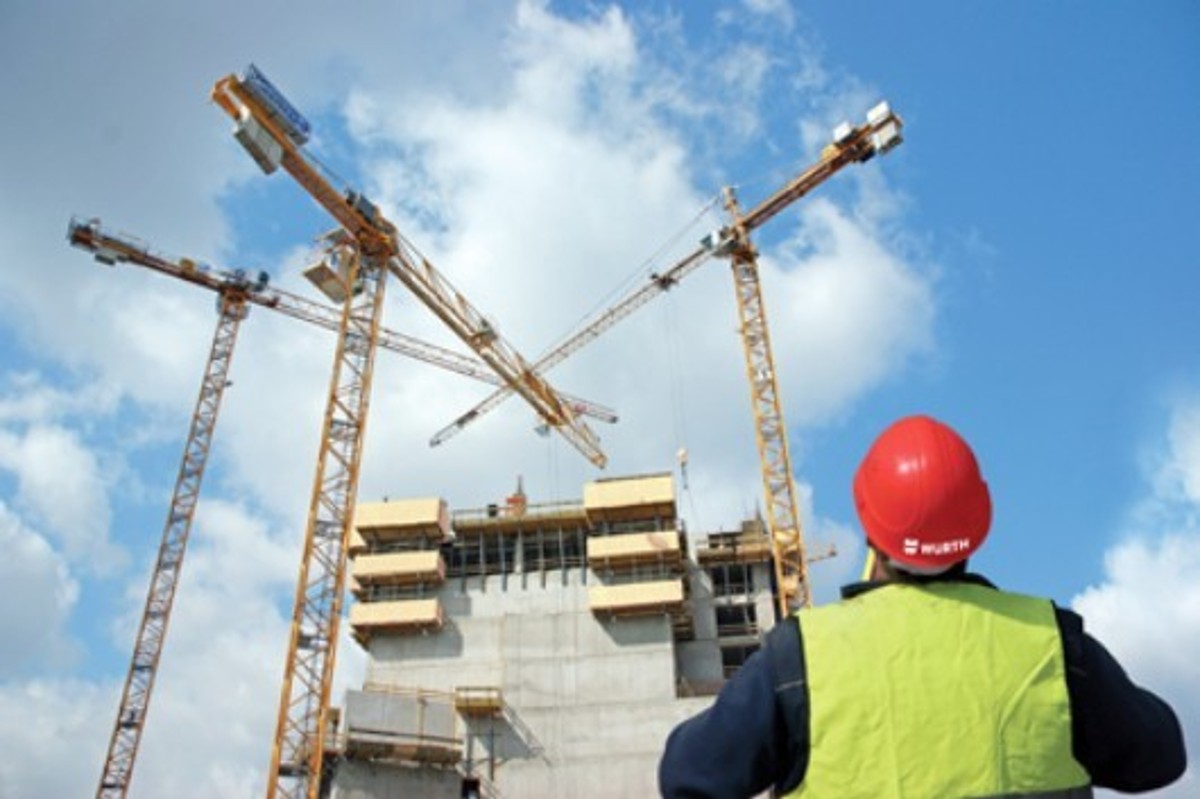Internet of Things & How this affects the construction industry
12/02/18
In recent times there has been a lot of buzz around the Internet of Things. While you would be forgiven for thinking that this is merely a passing fad, the fact is that the Internet of Things (IoT) has huge implications for the construction industry
In this article, we will shed some light on what exactly is the Internet of Things and what this means for the future of the consruction industry.

What is the Internet of Things (IoT)?
What is the Internet of Things? It's the network of devices connected to the internet and these days... that's pretty much everything. Right now we have devices such as smartphones and tablets. Yet due to the growing trend of "smart" technology even light bulbs can have internet access.
It's important to remember, all these devices can connect to the internet, but they can also connect to each other. For example, a smart thermostat can send a reminder to your phone, which you can adjust through an app before you get home. If you have ever seen this technology in action, it should come as no surprise that other aspects of buildings can also be controlled.
But how is this technology used throughout the design and construction phases?
Well, there's plenty. During the design stage, building information modelling (BIM) can provide a 3D representation of the building. This model can then, in turn, test and evaluate the building's structure which can be updated before construction. Any changes will then update all other versions of the plan, thanks to this connectivity. So before a brick gets laid a company can avoid expensive mistakes.
Supply Replenishment
This is one area that has been massively affected by the Internet of things. Look no further than our ORSY®mat solution for example. ORSY®mat offer fully automated procurement and storage of goods for employees onsite. Each withdrawal gets documented and once stock is running low, the onboard computer will send an order to replenish stock. One less thing to think about with the peace of mind that you will never be stuck.
Outside of Würth, when goods are labelled with RFID (Radio-frequency identification) tags, an onsite system can keep track of stock levels. Once this stock drops below a particular level a request is sent to a central system for a replenishment order. This technology is vitalto companies as projects won't stall because of stock. Costs are contained as these systems will only order what's required also.
Construction tools, machinery, and equipment tracking/repair
Like supply replenishment, the same can be said for tools and other equipment. For example, if an employee borrows a pneumatic drill from our ORSY®mat system, the company will know exactly who has the product and how many of these items are currently in use. As a direct result, this will help reduce the time spent looking for misplaced equipment. This technology is already widely in use with courier services and other forms of delivery companies who use GPS data to track their vehicle fleet locations as well as all equipment required to do the job.
As a result of this GPS tracking, coupled with sensors within machines we can use this information to understand when something needs to be serviced or repaired before it breaks down. Fixing a machine before failure is very important, as when a machine breaks down, time is lost replacing the product temporarily or waiting for the device to be fixed in the first place.

Remote Operation
This one comes straight from the dreams of health and safety...any machine that can hook to the internet can, in theory, be operated remotely. Due to this type of technology remotely controlled vehicles and equipment can work in places or situations that would be deemed too hazardous for workers. It could also mean in the long term that building sites could become a 24/7 operation as these machines could be programmed to work through the night, completing simple manual tasks such as digging holes so they are ready and waiting for the construction workers first thing in the morning.
Similarly, products like Google Glass can help workers on-site access instruction manuals in hands-free mode, or benefit from remote support that sees what they see.
Intelligent Prefab
IoT has also had a huge bearing on fabrication in recent times. Using prefabricated components can be more cost effective in comparison to traditional building methods. However, using prefab for large commercial buildings projects can be very complex to coordinate. The IoT is helping to solve this problem.
RFID sensors are used to identify individual parts throughout the supply chain. Tall buildings that occupy a relatively small ground space are a great example of where this technology comes into its own. It is in these type of builds where certain tasks can become harder as there is literally less room to manouvere, therefore a different approach was required. RFID can be used to mitigate the effects of any delays in construction and the data can be fed into a BIM system once components are installed. From this, the system can render a real-time image of the buildings projects as well as establishing step by step project control.
Construction Management
Delays on any site can be costly but by leveraging the Internet of Things in your companies day to day work you can ensure that your heavy equipment will stay in action, greatly reducing expensive long-term delay. As we mentioned earlier, modern heavy construction equipment is outfitted with sensors that can remotely monitor for potential maintenance issues.
Using these sensors you can track things such as temperature or vibration. When something out of the ordinary occurs, an alert can be sent to maintenance workers to resolve the problem before it becomes critical. As a result, companies can save time and money as well as potential delays in construction.

What can technology do for Contractors?
As with most things in business, it's all down to cost. How much does unscheduled downtime cost when a machine breaks down? Or what consumables can you order before they run out? These are the types of questions you can answer by using the technology and data available to you.
We shouldn't fear new technology, time is money and we should be using every advantage available to us. For example, download our app and scan your product's barcode and re-order through our website before your stock runs out. You can also check out our ORSY scan system which will speed up your purchasing process.
